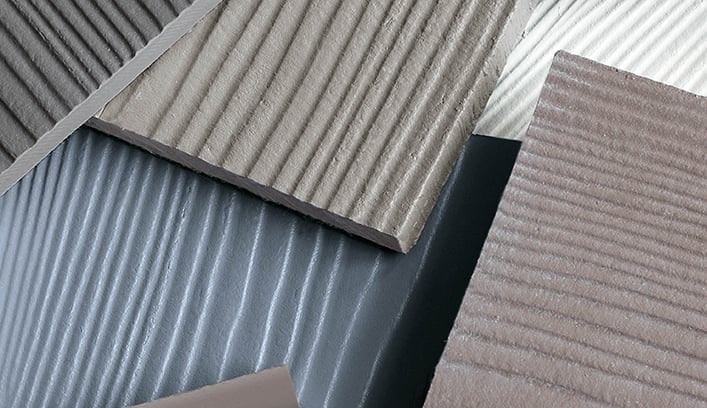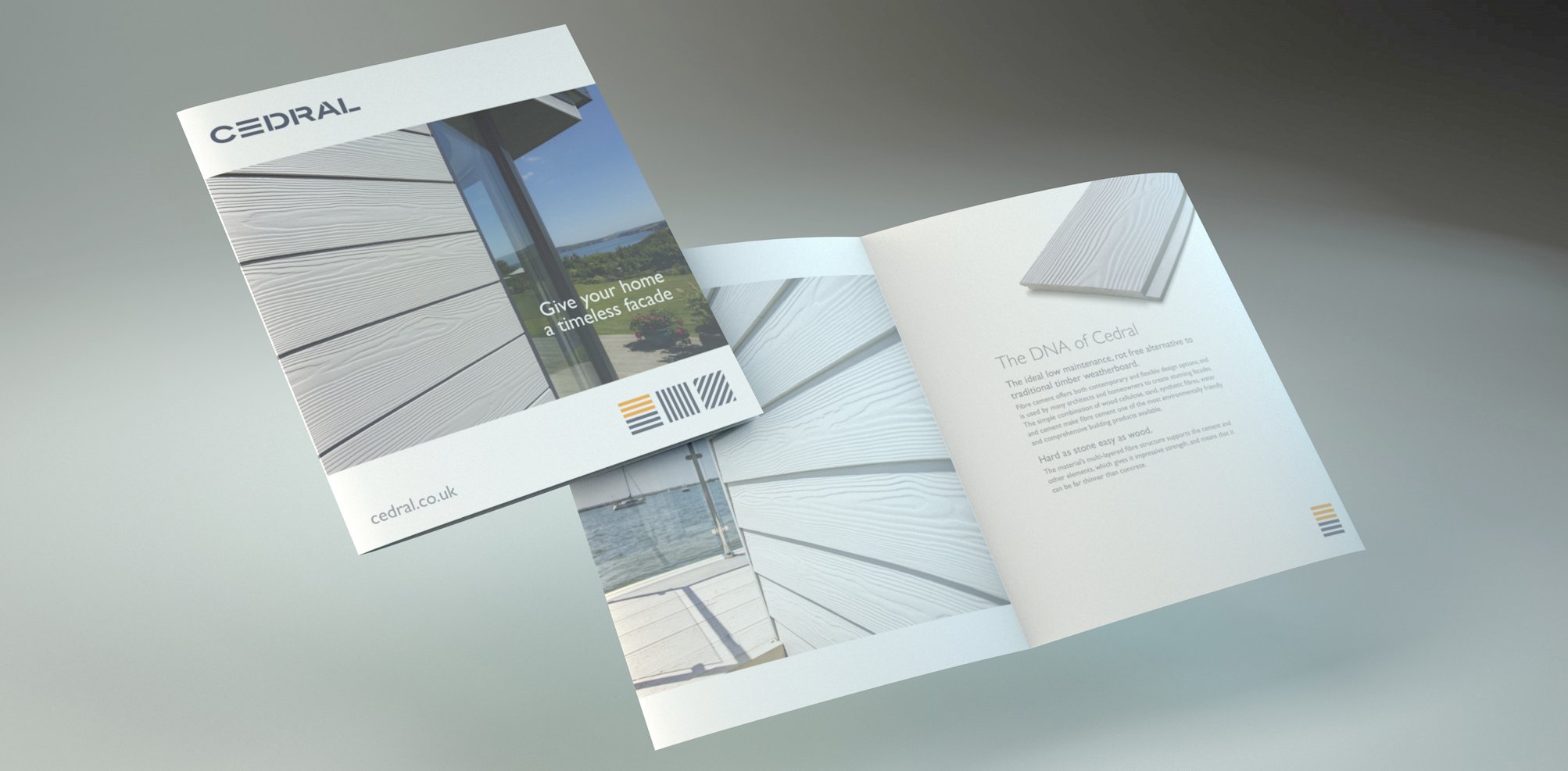When building your own ideal place to live, you don’t want to jeopardise the dream houses of future generations. That’s why sustainable and green building is important. But what materials are sustainable? Often the focus is on wood, but there are alternatives: fibre cement facade panels are lightweight, durable, non-combustible and only require minimal maintenance. Let’s compare the two.

Fibre cement versus wood
Wood is a natural material. It can be used for all kind of applications such as furniture, construction or facades. However, wood is fragile when exposed to the elements. It can rot, bend or be eaten by insects or rodents, so it needs to be maintained or even replaced after some years depending on the environment. For outdoor use, wood needs to be treated (e.g., stained or painted) to stand the test of time. That has negative consequences for wood’s environmental impact.
Fibre cement is a specially engineered material that is made with components that are readily available in nature. The main ingredients are cement (made from limestone and clay rock), cellulose fibres (like in paper), sand and water. The cellulose is FSC certified and the pigmentation used to colour the facade planks is APEO-free. Cedral has developed a production process that reduces water consumption and recycles residual materials.
This gives fibre-cement facade cladding some sustainable advantages over wood panels:
- Fibre-cement sidings don’t need to be treated, painted or stained, saving on chemicals.
- Due to its strong composite nature, fibre-cement weatherboards last for at least 50 years if correctly installed. Wood needs to be replaced more often.
- Because fibre-cement is so strong, fewer raw material is needed to achieve the same quality.
- Lightweight and thinner material, such as fibre-cement, also has a smaller transport footprint.

The benefits of Cedral Lap or Click compared to wood
Besides the environmental considerations mentioned above, you also want a building material that makes your life easier and that protects your home. Fibre-cement sidings perform better than wood panelling in many aspects.
Minimal maintenance
The Cedral facade sidings are painted in the factory with several coats of UV-resistant paint. So you don’t need to repaint or stain your facade regularly, as is the case with wood. Cedral cladding products are stable in shape and resistant to rot, mould, rodents and insect infestation. You only need to wash your facade with clean water to keep your facade as new.
Non-flammable
You want to protect your home as well as possible. Cedral Lap and Click have an excellent fire-behaviour. The fibre-cement panels are certified ‘A2-s1, d0’ according to the European standards: they are non-combustible and do not generate smoke or flaming droplets when exposed to fire. This makes Cedral sidings a safe choice for your facade.
Hard as rock, flexible as wood
Cedral facade products have a multilayer fibre structure that provides the same durable qualities as stone. The planks are very robust and withstand all weather conditions without budging. At the same time, they give you the same design flexibility as wood. The sidings are available in a large selection of colours, both with or without a wooden look. Cedral is suited to all facade solutions.

100 % reusable and recyclable
The fibre-cement facade panels are environmentally friendly, not only in their composition, but also due to their durability. The Cedral smart fixing methods are disassembly proof so you can dismantle the sidings and give them a second somewhere else. But if you finally want to dispose of them at the end of their long life (50 year life expectancy), they simply disintegrate back to the non-toxic materials that they are made of, without the need for any prior treatment. Or they can be recycled into other cement products.

A green lifecycle
Cedral is committed to become more circular in its activities, by actively reducing, reusing and recycling wherever possible. For all its products, quantified environmental data is available in the Environmental Product Declarations, based on a thorough lifecycle assessment.
External certification agencies testify that, once installed correctly according to the manufacturer’s guidelines, Cedral sidings need no further maintenance, repair, replacement or refurbishment during the full life span of the product. Installation losses depend on the building design and user preferences, but generally do not exceed 5%. This makes Cedral a sustainable choice for your facade.
Read the Environmental Product Declaration for Cedral Sidings
